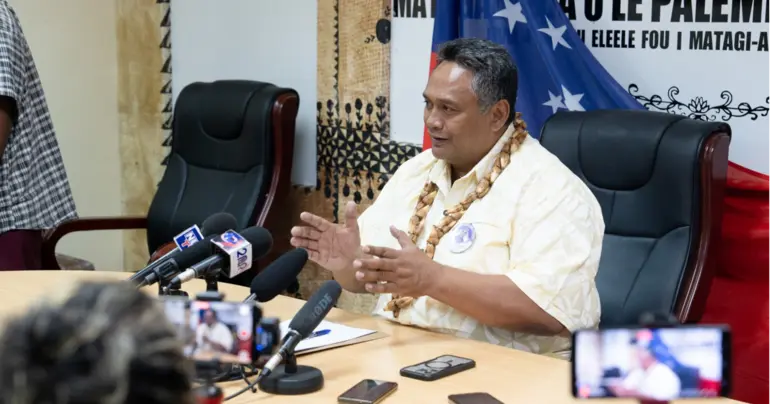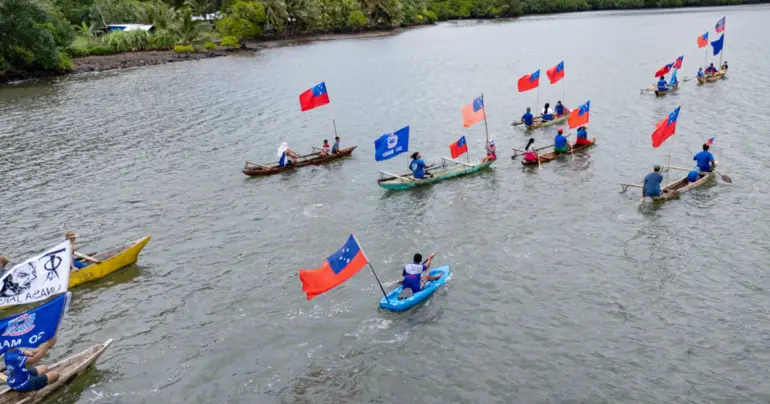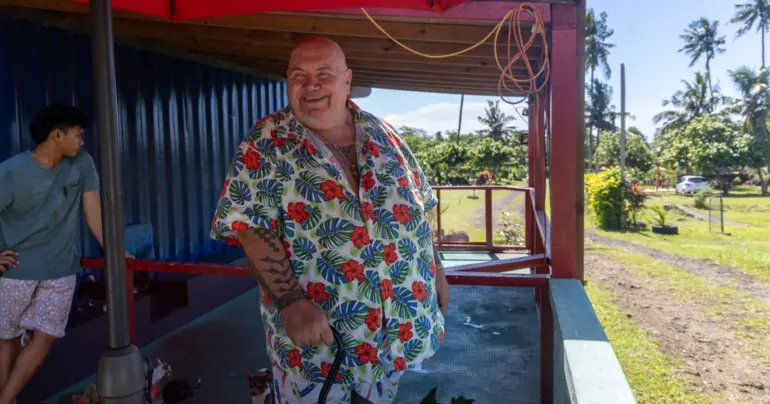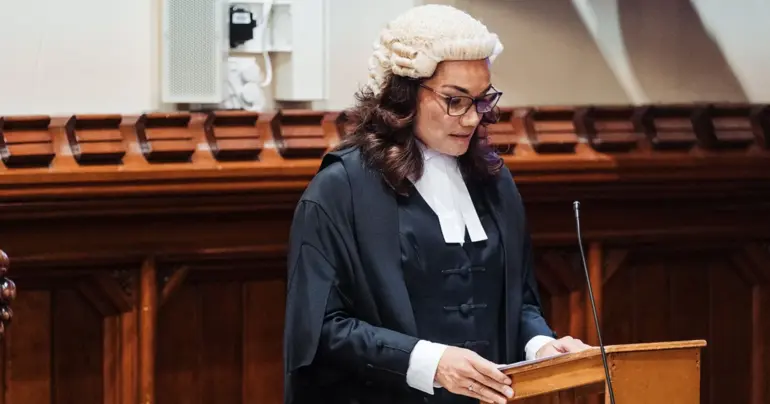Greenpeace slams US mining move in American Samoa
 By Uale Omar Tofilau
•
16 June 2025, 6:40PM
By Uale Omar Tofilau
•
16 June 2025, 6:40PM
Plans by the United States government to explore seabed mining near American Samoa have sparked outrage from environmental groups and Samoan conservationists, who warn of serious risks to marine life and Pacific communities.
Greenpeace USA has strongly condemned the move by the US Department of the Interior to consider leasing deep-sea mining rights off the coast of American Samoa. Arlo Hemphill, the group’s Deep Sea Mining Campaign Lead, described the decision as “deeply disappointing” and accused the US of ignoring the voices of Pacific communities.
“This move disregards the sovereignty and voices of Pacific communities and opens the door to an industry that threatens their environment, culture, and livelihoods,” Hemphill said.
“The Pacific is not a sacrifice zone. Its people should not be forced to host a destructive industry they’ve rejected.”
The announcement follows an executive order by US President Donald Trump promoting deep-sea mining in both US and international waters, a policy widely criticised by Pacific leaders, environmental groups, and even some major governments like France and China.
One US based company, Impossible Metals, has already submitted a request to begin the leasing process for mining critical minerals in the deep sea off American Samoa. These minerals are used in electric car batteries, smartphones, and other technologies.
But environmentalists argue that long-term damage far outweighs the short-term benefits. Deep-sea mining can cause irreversible harm to marine biodiversity, fragile ecosystems, and even impact the ocean’s role in regulating the climate.
At the recent United Nations Ocean Conference in Nice, 37 countries supported a global moratorium on deep-sea mining, signalling a strong push for ocean protection. There is also growing support for the Global Ocean Treaty, which aims to protect at least 30 per cent of the world’s oceans by 2030.
Closer to home, the Samoa Conservation Society has voiced serious concerns about the potential impact on Samoa’s marine environment.
James Atherton, the society’s president, said that although the mining plans target American Samoa, Samoa could still be affected.
“Great care needs to be taken before any seabed mining is done to ensure that inevitable damage to marine life is within acceptable limits,” he said.
“It is disappointing that American Samoa appears to be supporting the opening up of federal marine reserves and monuments for mining and commercial fishing, especially when we still don’t fully understand the environmental consequences.”
Atherton also pointed out that the US had previously made major commitments in 2009 and 2014 to protect marine resources in the Pacific. He said the decision to roll back these protections comes at the worst possible time, when the region is already facing climate change, overfishing, and plastic pollution.
“The resilience of nature and conservation go hand in hand,” he warned. “Reduced conservation is likely to result in reduced resilience of marine ecosystems in the future.”
The US Interior Department has not provided a timeline for any potential mining lease but said it is seeking feedback from Indigenous communities, ocean users, industry, and the public. The department plans to assess geological data as well as environmental and cultural impacts before deciding whether to move forward.
Still, critics say the decision to even consider seabed mining in the Pacific sends the wrong message, one that places economic interests above environmental responsibility and local voices.
As the global call to protect oceans gains momentum, conservationists across the Pacific hope the US will listen, before it’s too late.
 By Uale Omar Tofilau
•
16 June 2025, 6:40PM
By Uale Omar Tofilau
•
16 June 2025, 6:40PM











